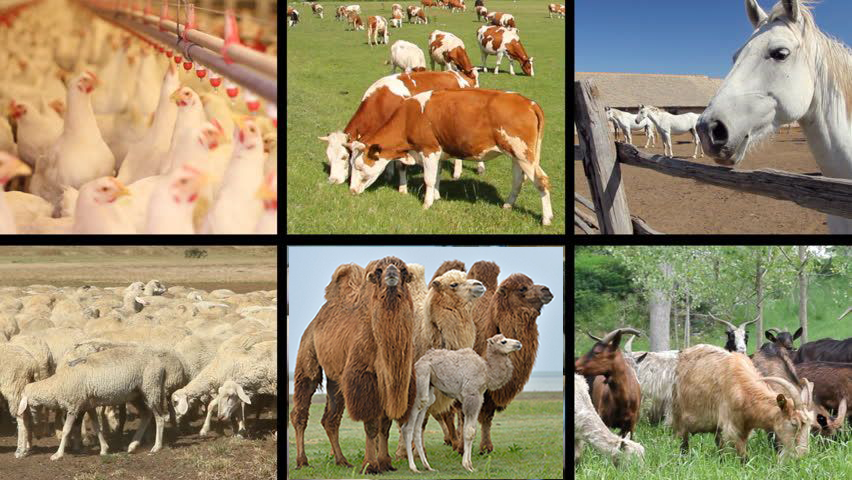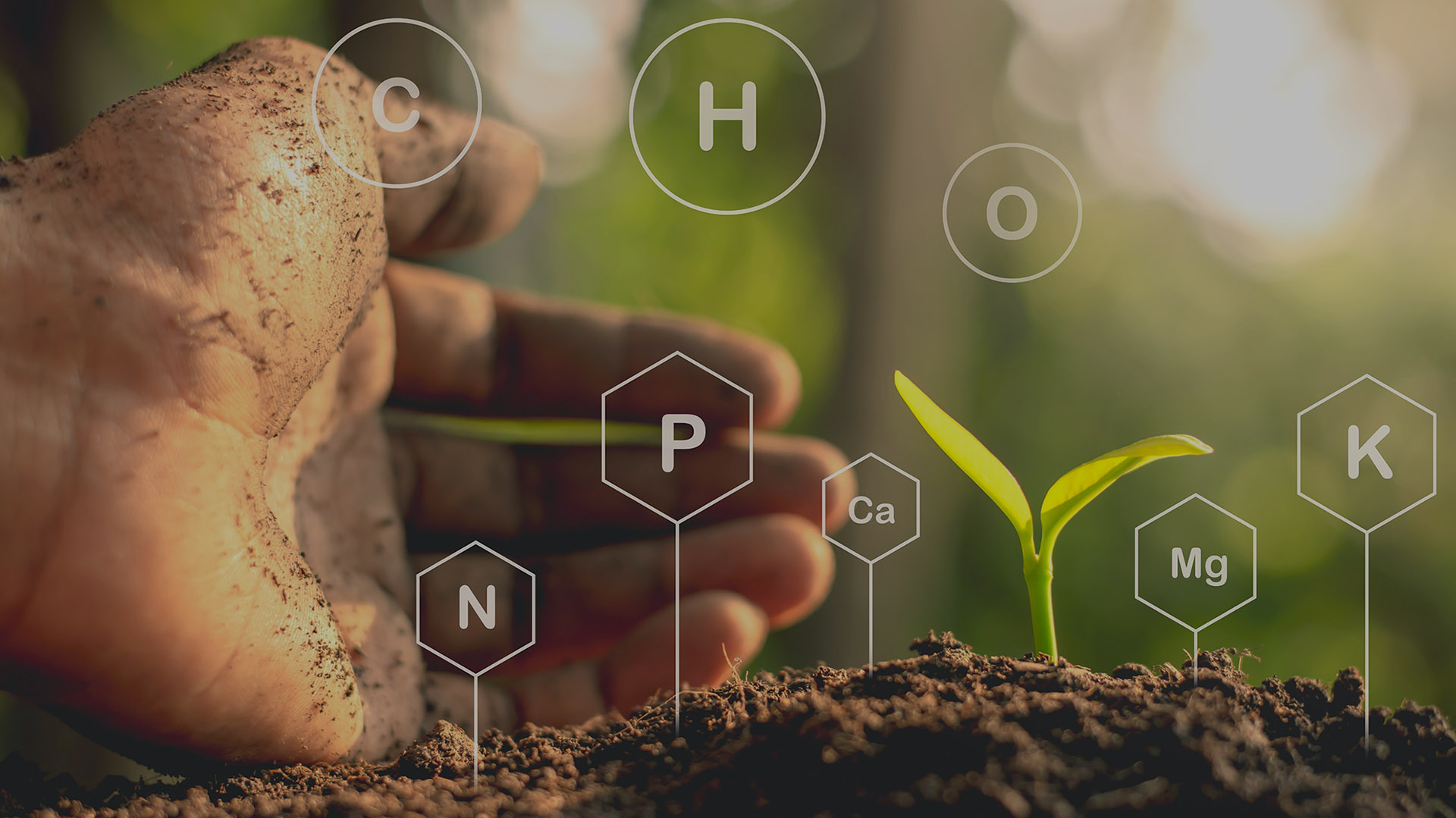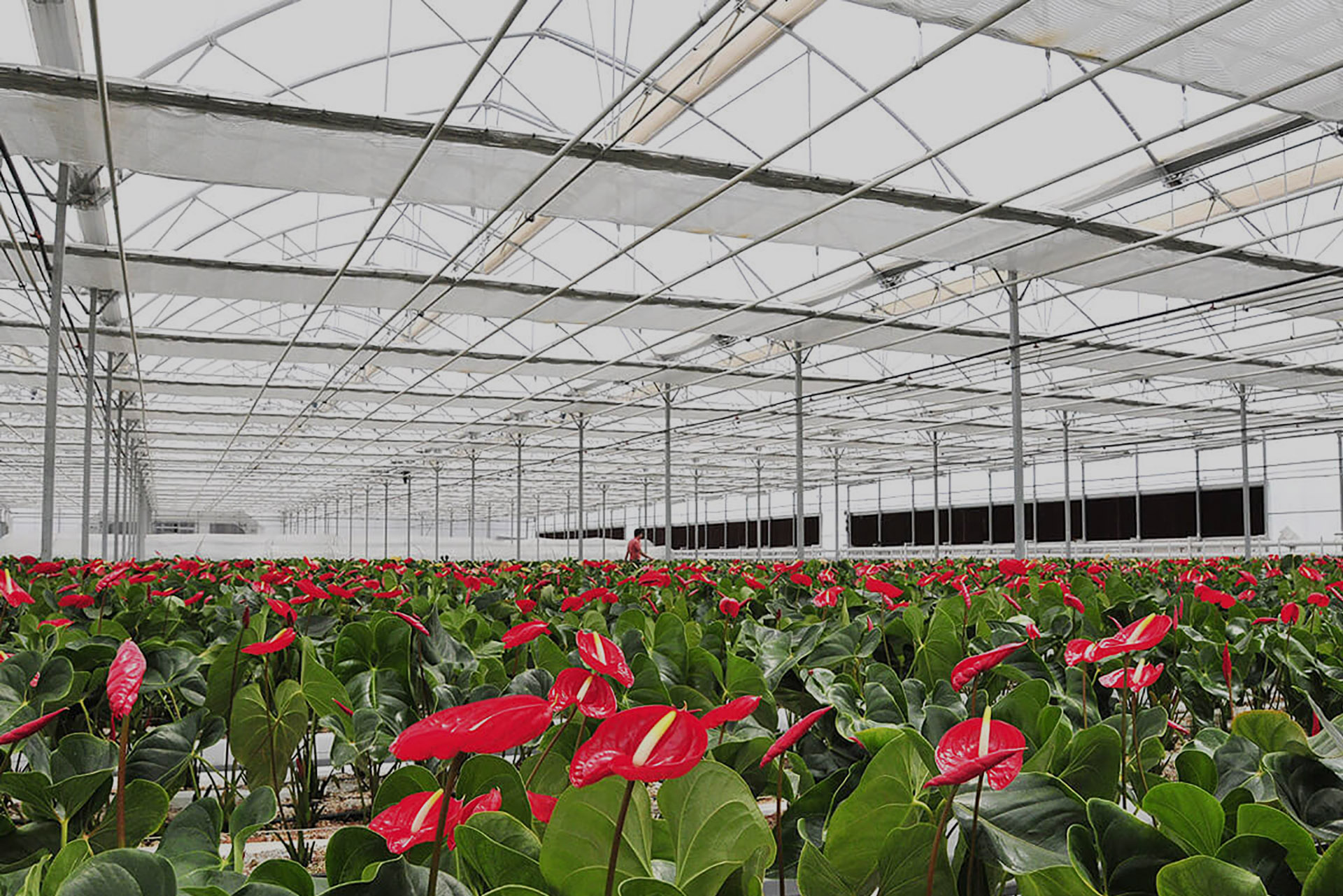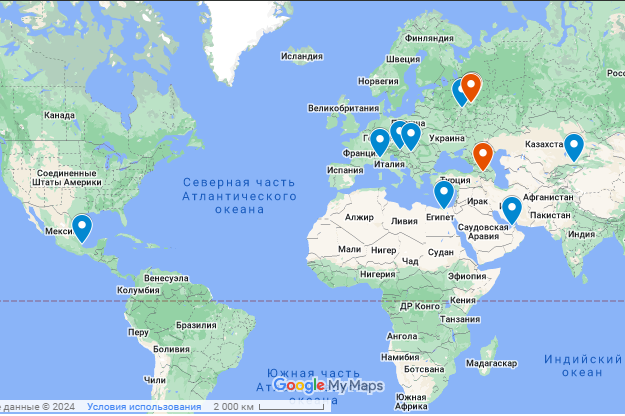Technology for feeding in livestock and poultry production
Humic and fulvic acids affect the metabolism of proteins and carbohydrates of bacteria, which leads to a direct accelerated destruction of bacterial or viral cells in the body of animals and birds.

The technology stabilizes intestinal flora: its humic substances envelop the mucosa of the GI tract, preventing the absorption of toxic substances, adsorb nitrates, insecticides and other harmful components that can enter the body of animals and birds with feed.
The technology helps to better assimilate nutrients, which allows to increase weight gain of animals and birds without increasing the amount of feed, reduce fattening time, increase milk yield and its fat content, increase egg production in birds, reduce the number of veterinary drugs used for treatment and prevention of diseases, which leads to lower production costs of meat and eggs.
It does not possess allergic, anaphylactic, embryotoxic, teratogenic and carcinogenic properties.
It can be used for all kinds of farm animals and birds in mixture with feed fillers, forages, drinks as a means of increasing animal productivity. The final products of livestock and poultry farming can be used for food purposes without restrictions.
The feed additive according to the technology is introduced by spraying on mixed fodder (at the rate of 6-8 liters of the preparation per 1 ton of fodder) and (or) by mixing into water for drinking (at the rate of 4-5 liters of the preparation per 1000 liters of water).
The recommended daily dose is 10-20 mg per 1 kg of animal weight.
The technology can be used individually and in groups in a mixture with feed fillers, fodder, drink as a means of increasing the weight gain of young animals at the time of weaning from milk feeding.
The presence of trace elements in the feed additive (iron, zinc, potassium, magnesium, sodium, manganese, copper, silicon, boron, cobalt, etc.) enhances its biological effect and is aimed at:
-increasing appetite, maintaining good condition of the liver and gastrointestinal mucosa;
-improvement of cardiovascular and muscular systems;
-reduction of diseases of joints, bones, improving the quality of feather and wool;
-increase in immunity, elimination of dysbacteriosis;
-increase in reproduction, growth and longevity.







